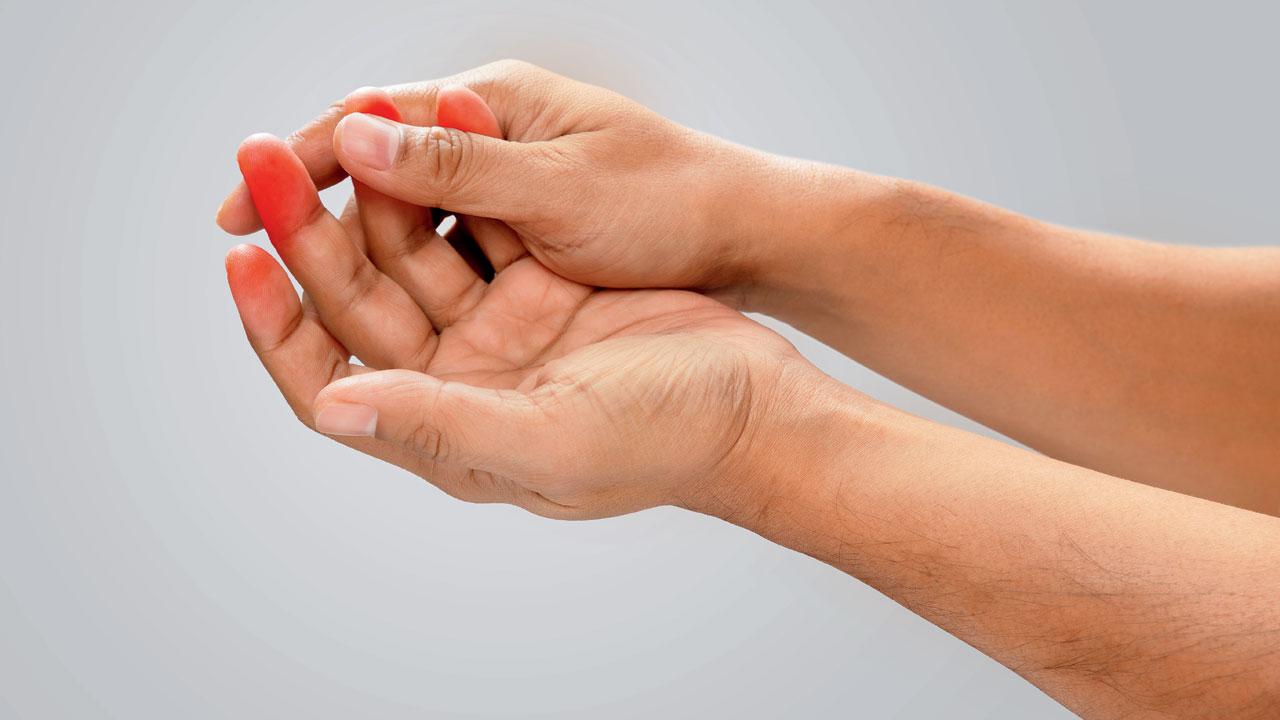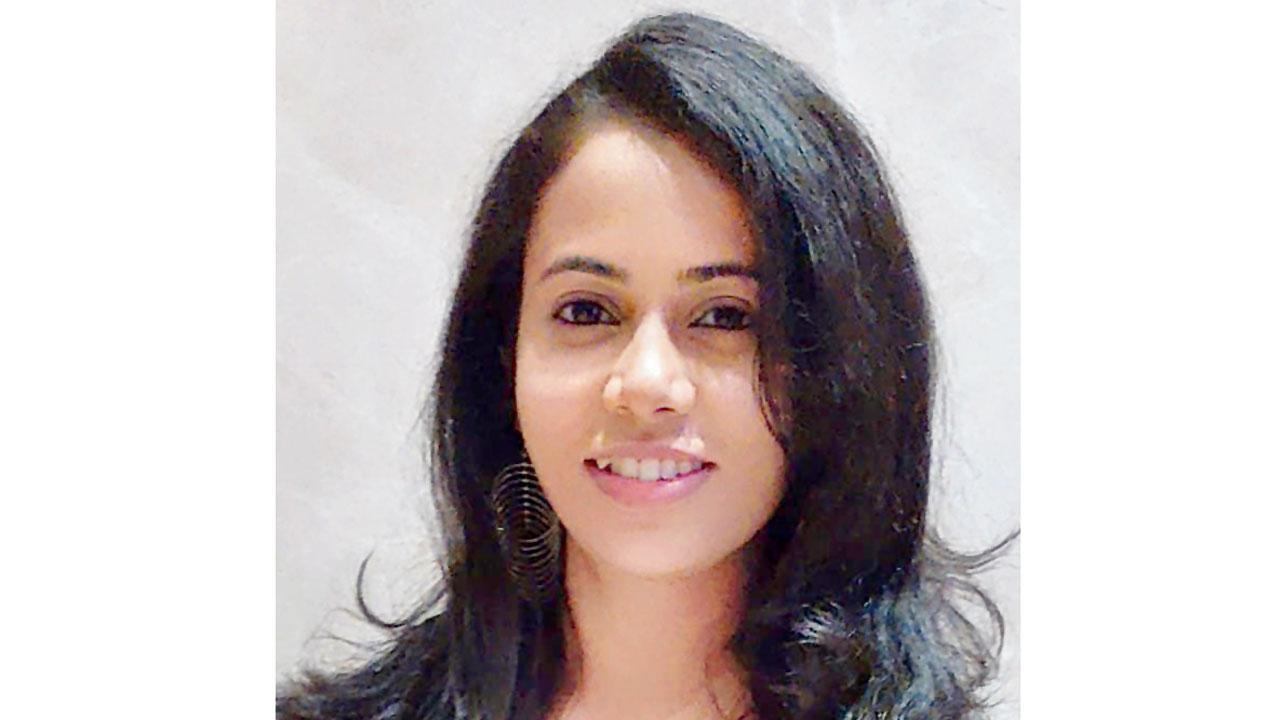On the eve of World Parkinson’s Day, experts in the field discuss the symptoms and benefits of early diagnosis of Young-Onset Parkinson’s Disease. They stress the need for holistic support

World Parkinson's Day is observed on April 11 each year to mark the birthday of Dr James Parkinson
There are diseases that we know of but shun away from. The reason could be stigma but more often than not, it’s the idea that a condition can’t cripple us — at least not up till a certain age. A day ahead of World Parkinson’s Day, we shine a light on the manifestations of Young-Onset Parkinson’s disease (YOPD). Signs of the disease can be spotted even among people below 40 years. Dr Maria Barretto, chief executive officer, Parkinson’s Disease and Movement Disorder Society (PDMDS), notes, “It’s hard to say if there is an increase in the incidence of YOPD or if people are more aware to step forth and understand its workings. We [at PDMDS] started our young-onset group in 2018 when we were approached by a victim of YOPD about the varied problems of accessing our community gatherings. Firstly, being young, they could not relate to the group. Secondly, the interventions were directed at late-onset people. And the young sufferers had jobs while the sessions were held during the day.”
ADVERTISEMENT

Support groups make patients feel that they are not alone in the fight. Representation Pic
Drawing attention to the influence of timely diagnosis, Krupa Bare, neuro physiotherapist, PDMDS, shares, “Identifying symptoms is essential. Sometimes, they may be passed off as a bad habit. For instance, a person with a slouch and a stiff gait might be called lazy.”
Being seen

Dr Maria Barretto
Bare elaborates that YOPD can manifest in different people differently. A structured support group — that focuses on areas such as walking, speech, posture and anxiety regularly — provides a platform for the afflicted. “What I know or can help with is theoretical and experiential knowledge. But the first-person perspective goes missing in that case. However, it comes through in a support group. People feel represented and seen in these meetings. They know that they are not alone in this.” Living in the shadow of YOPD can bring about radical changes in a person’s life. Bare cites examples of broken marriages and estranged families. She points out that life-long care for such a condition is expensive. “Even the rich struggle to keep up. And the costs are not only limited to physiotherapy, counselling sessions and neurological consultations. Hiring informal help, to aid patients with their daily activities, is also an economic burden.”
Case study

It’s hard to type in YOPD due to compromised motor skills
Arjun H from Nashik was diagnosed with YOPD at the age of 39. He shares that he had vaguely heard about it and didn’t have enough information to be shocked at the detection. “My arm would freeze. I wouldn’t be able to type or write. I was asked to get a brain scan done. My doctor also suggested that I get my Vitamin B12 levels checked. Both the reports turned out fine, and I was diagnosed with PD.” The IT professional, who has been living with the condition for seven years now, highlights the importance of physical exercise. “The problem with the Indian medical system is that they prioritise medication over exercise. I think exercise — in the case of YOPD — is not a choice. There was a point when I used to think that my life was miserable, but I have accepted the condition and moved on. I am an active part of a support group and that helps me identify as one among many. I can voice my concerns. I can carefully listen to the others — their victories and hurdles,” he explains. He urges insurance companies and corporate firms to offer more inclusive policies for their PD clients and employees. About his progress with the help of holistic assistance, Arjun adds, “After the diagnosis, I didn’t think I would be able to drive again. But now, I drive up to 80 km for my check-ups.”
Look for these signs
1 Tremors are one of the first symptoms experienced by YOPD patients. One might think that tremors can only be felt in their hands, but they can also be experienced in the legs, tongue and neck.

Krupa Bare
2 Involuntary movements or dyskinesia is another symptom. In addition to uncontrolled hand or leg movement, full body movement might also be experienced by some.
3 Watch out for rigidity. When we walk normally, our hands and legs move freely. However, in a YOPD patient, it’s a robotic walk wherein the limbs feel stiff. Similar rigidity of movement might also be noticed when the person is trying to stand/sit up from a reclining posture.
4 Slowness of movement or bradykinesia is another factor. One’s handwriting might change as a result of this. They might face difficulties with regard to official signatures and bank-related paperwork.
5 Patients of YOPD continually struggle with postural disability. They tend to stoop forward or lean sideways. This disrupts normal life as it’s quite evident to an onlooker. So, a friend or colleague might openly ask about their unusual posture.
6 They also face issues related to balance. They are not able to cross roads on their own, take a swift turn, board a train or bus, and find their way through a crowded area.
7 On and off time in PD is crucial. On time refers to the span when a person can function better, and freely, under the effect of medicines. But during their off time — when the effect of the pills begins to die down — the debilitating symptoms return to the surface. During this time, many patients turn into a statue. They are unable to perform any physical activity.
8 Patients might have to deal with speech disorders. The tongue becomes rigid, impacting normal speech. In turn, slurred, slow or fast speech can affect the quality of their work. They might not be able to lead meetings and communicate well on virtual calls.
9 We should remember that younger people are still working. They need to work in offices and/or tend to their children. With compromised fine motor skills, patients of YOPD battle the simplest of actions such as buttoning a shirt, plaiting the hair and typing out an email.
 Subscribe today by clicking the link and stay updated with the latest news!" Click here!
Subscribe today by clicking the link and stay updated with the latest news!" Click here!







